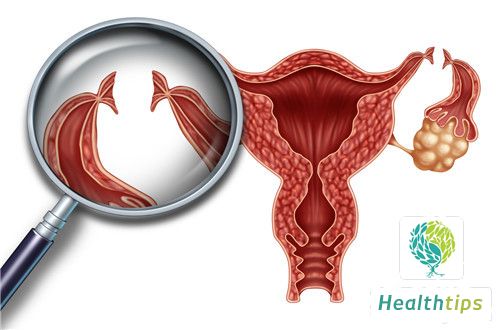"What Criteria are Used to Determine Cardiac Arrest?"
Cardiac arrest is a severe disease. If it cannot be rescued within 10 minutes of onset, the patient will die completely. Therefore, patients with cardiac arrest can only undergo cardiopulmonary resuscitation surgery. Generally, in daily life, the factors used to determine cardiac arrest include symptoms such as cessation of breathing, cessation of arterial pulsation, coma, and loss of consciousness. Cardiac arrest usually occurs in the elderly and is a difficult-to-treat disease. The basis for diagnosing cardiac arrest mainly involves the following three aspects:

Diagnostic Criteria for Cardiac Arrest
Loss of consciousness, which can be determined by gently tapping the patient's shoulders and loudly calling out. If the patient does not respond, it indicates loss of consciousness.
Determining respiratory status. During cardiac arrest, some patients will have complete cessation of breathing, while others may exhibit sighing-like mandibular breathing.
Determining the disappearance of large arterial pulsation, including the carotid artery, radial artery, brachial artery, or femoral artery. The carotid artery is the most commonly accessed and is located in the depression between the ring-shaped cartilage and the sternocleidomastoid muscle. If there is trauma to the neck and the carotid artery cannot be accessed, consider touching other large arterial vessels. Quickly assessing the above three conditions within ten seconds can meet the diagnostic criteria for cardiac arrest.
Immediately perform CPR, which is cardiopulmonary resuscitation. Otherwise, once our brain stops functioning for more than 5-8 minutes, even if resuscitation is successful, brain death may occur. Therefore, first-aid treatment outside the hospital is the most critical factor related to the patient's subsequent survival, complications, and other issues. It is essential to popularize this knowledge among the general population.



















